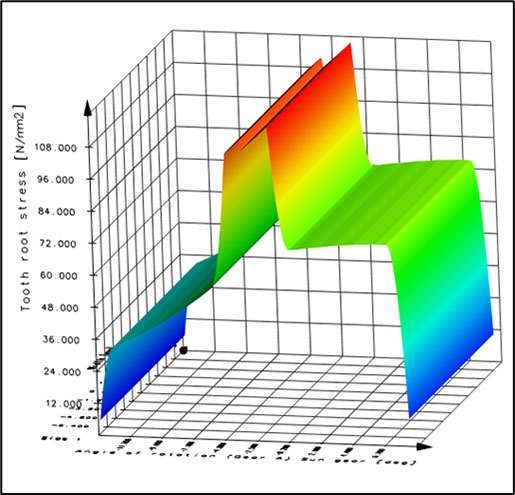WHAT IS BULK METALIC GLASS (BMG)?
AMORPHOUS METAL
An amorphous metal, also known as bulk metallic glass (BMG) is a solid metal alloy with disordered atomic-scale structure. These metal alloys are special in that they have a unique ability to stay amorphous when cooling from their molten liquid phase to solid phase as long as they are cooled fast enough. The material structure of the alloy stays disordered, putting it in what’s called a glassy state. These alloys are composed of a special combination of metals that give them good glass-forming ability (GFA).
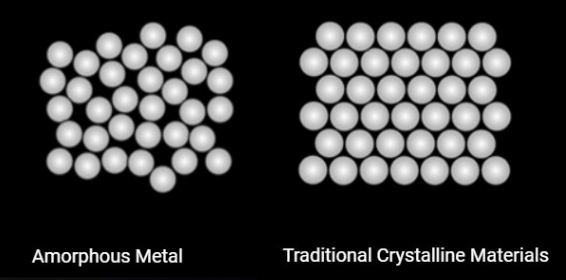
PROPERTIES
- High Yield Strength
- High Hardness
- High Elastic Limit
- Low Youngs Modulus
- Low Density
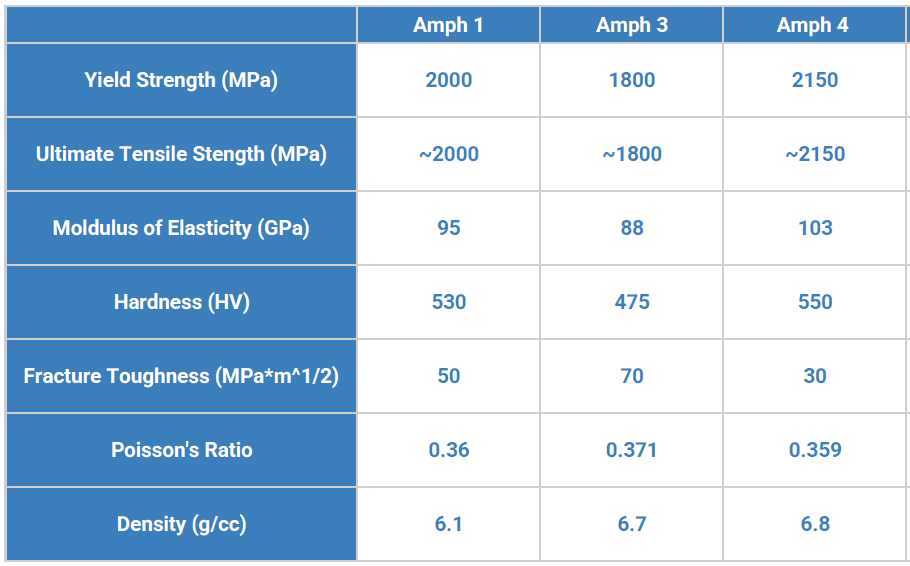
ADVANTAGES OF BMG
- High wear resistance & natural anti-galling properties
- Potential to use in some tribological applications without lubrication
- High scratch resistance
- Very strong corrosion resistance
- One of the most elastic metals
- Superior performance cryogenic environments
- Reduction of weight compared to steel
MANUFACTURING ADVANTAGES
- Injection mold net-shaped casting
- Almost zero shrinkage when formed
- Excellent surface finish as cast
- Easily adjust production quantity
- Reduction of cost-per part at scale manufacturing
CAPABILITIES
Amorphology leverages the superior attributes of BMGs using advanced manufacturing technologies such as injection molding, additive manufacturing, and coatings to build a variety of complex components and gears.
Injection molding SIGNIFICANTLY REDUCES production costs while simultaneously allowing us to create precision parts in a single step, ELIMINATING or reducing costly machining steps.
Located in Pasadena, CA where we have our vertically integrated manufacturing & development center. We cover everything from design, alloying, mold creation, injection mold manufacturing, gearbox testing and inspection/quality control.
INJECTION MOLDING

Amorphology is the first company to commercialize bulk metallic glass strainwave gears, planetary gears, and other gearboxes. We have cut production time dramatically by using injection molding. See our one day build video. We have the capability to produce prototype molds and production molds, creating a seamless production from alloy to part.
CASTING
PUTTING THE MELTED ALLOYS INTO MOLDS
We make amorphous feedstock bars, plates, discs, and rods up to 0.5 kg in mass. These can be used for rapid prototyping, or to be sent to customers for evaluation.

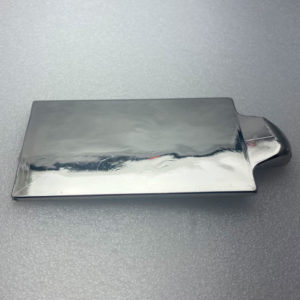
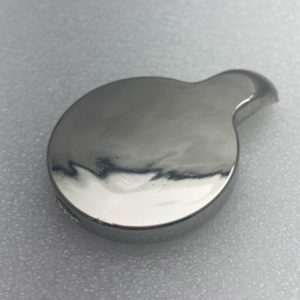
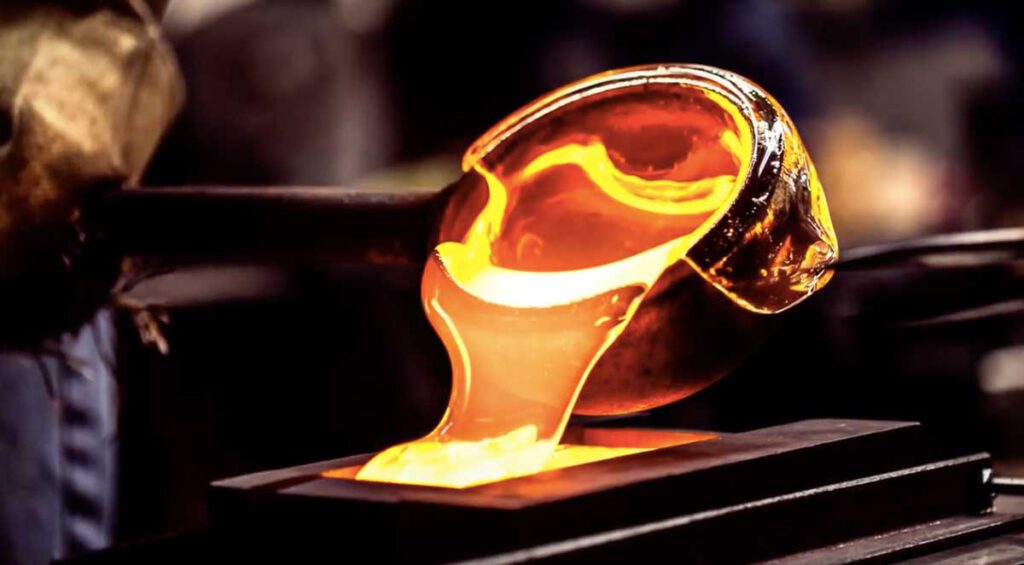
MACHINING AND DESIGN
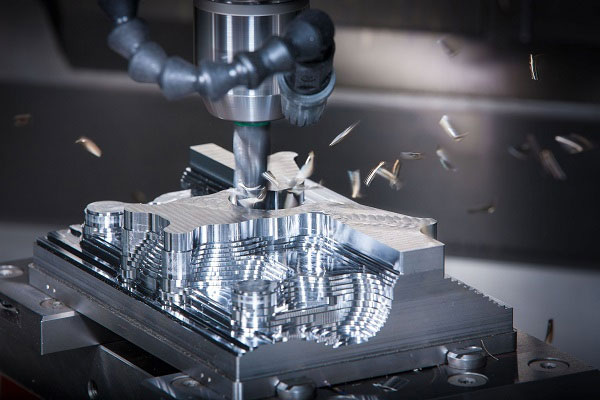
Our in-house, high-precision machining capabilities give us the ability to manufacture component molds for injection molding with quick iteration as needed.
In addition, we can rapidly prototype high-precision BMG components by machining from our BMG blanks.
As required by the high-precision parts we can produce, our machining capabilities can reach micron-level tolerances.
- 3-axis, 5-axis and 7-axis CNC mill-turns.
- Microwire EDM (Down to 0.00079inch/0.02mm)
- Up to 200mm-cube in size
- Water jet cutting machine
TOLERANCE CHARACTERIZATION &
QUALITY CONTROL


Amorphology has a dedicated temperature-controlled CMM room to measure precision tolerances for the part we produce. Staffed with expert CMM operators and gear engineers, we’re able to assess molds and parts the same day they are produced.
Our services include:
- Tactile and optical inspection of a variety of different geometries.
- General inspection and gear specific CMM instruments.
- Repeatable measurements of tolerances in the micrometers.
GEAR MOLDING & DESIGN
Rapid prototyping opens the door for quick design iterations that would be challenging to effect in a mold. This way, the customer can make sure the parts fit their specific tolerances before purchasing.
At Amorphology, we have a variety of bulk metallic glass (BMG) gear projects and Functionally Graded Material gearbox projects which involve gear design, modelling, inspections and sometimes reverse engineering.
Partnering with KISSsoft (KISSsoft AG), part of multi-national Gleason Corporation, has been crucial for us as a start-up working on gearbox’s. Thier modular calculation program for the design, optimization and verification of gears helps us in several of our ongoing planetary gearbox projects. Understanding the contact stresses in various regions of the gear really help us tailor the best alloy for the application and enable us to make design modifications as needed.
These two plots show examples of plots from a planetary gearbox we’re fabricating.
